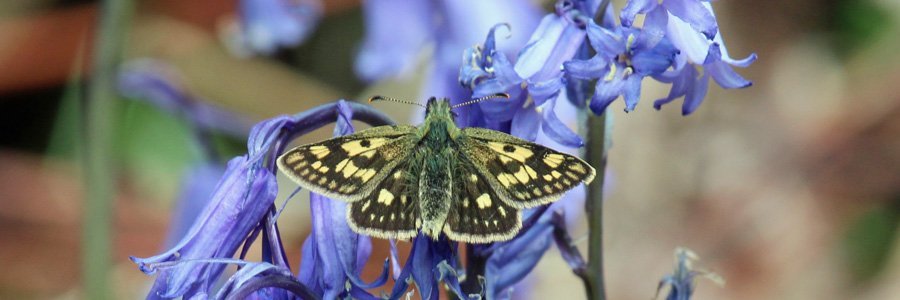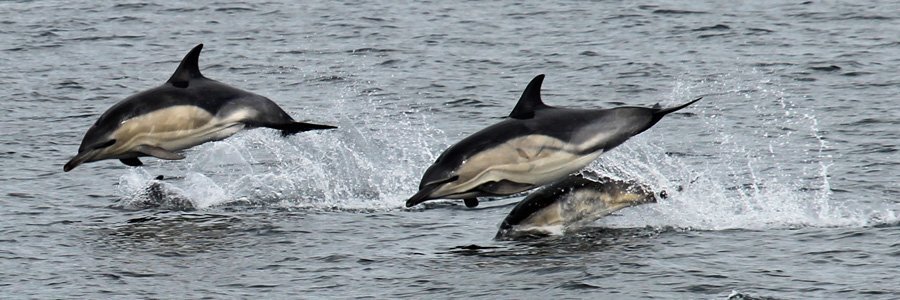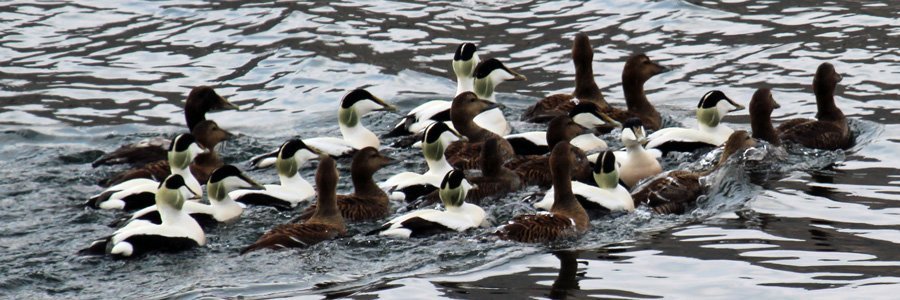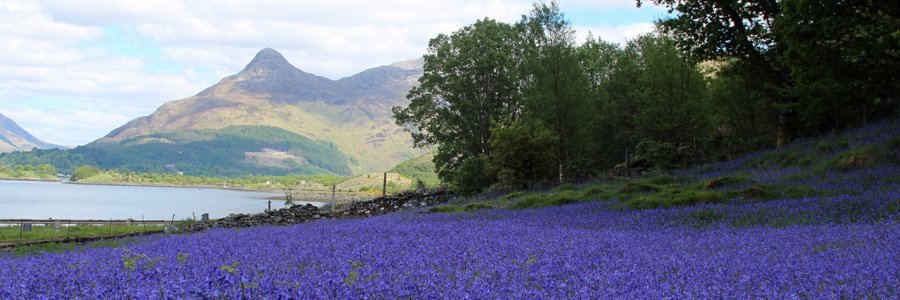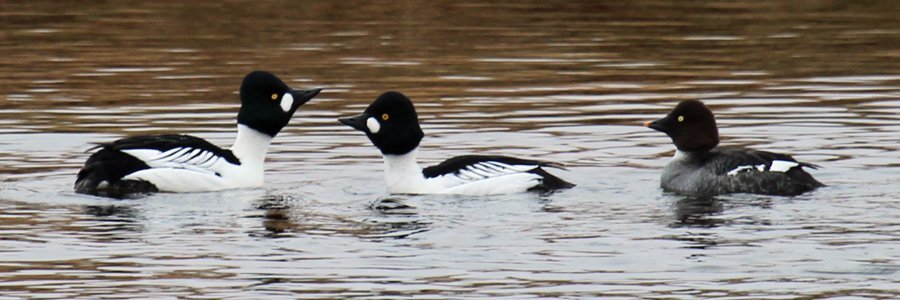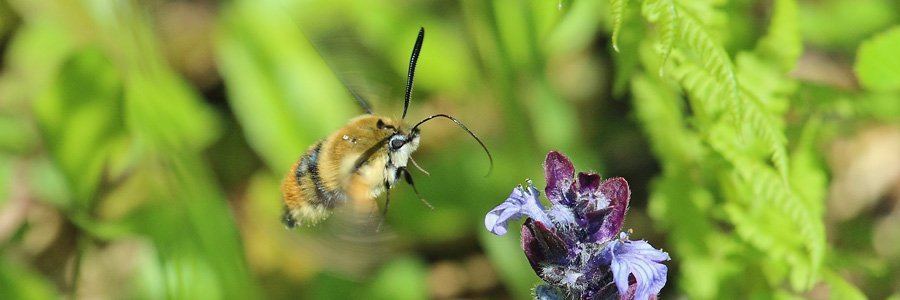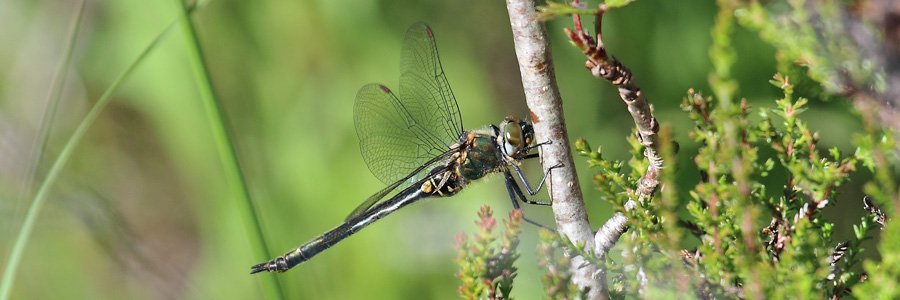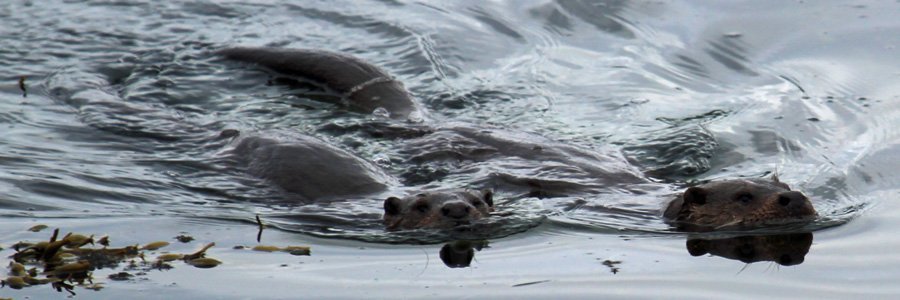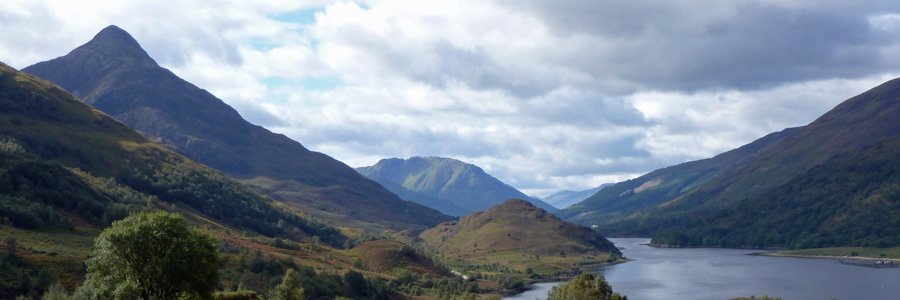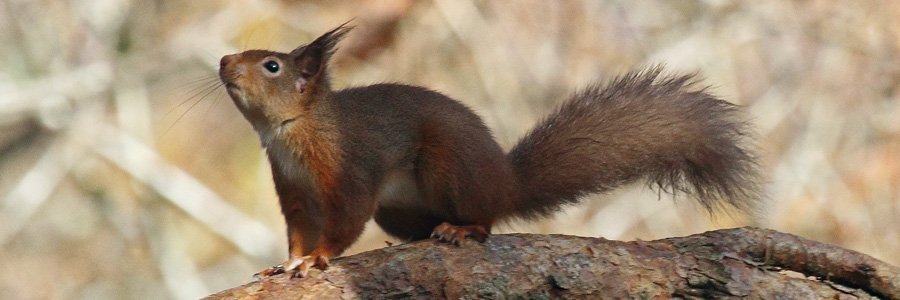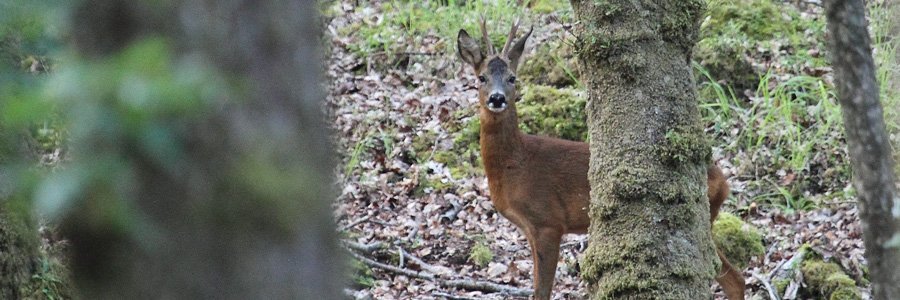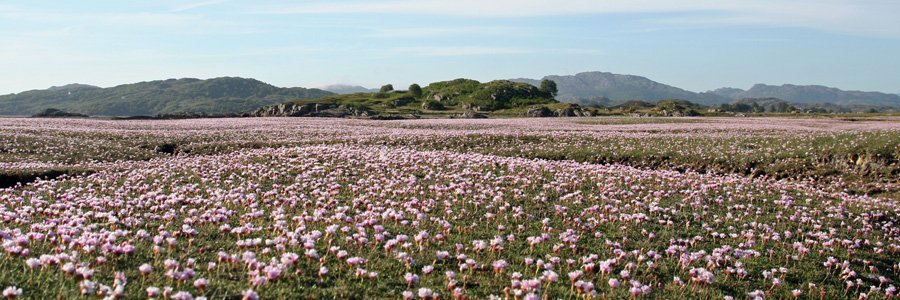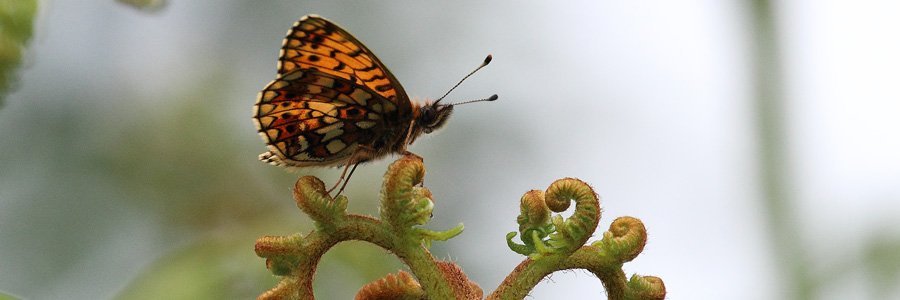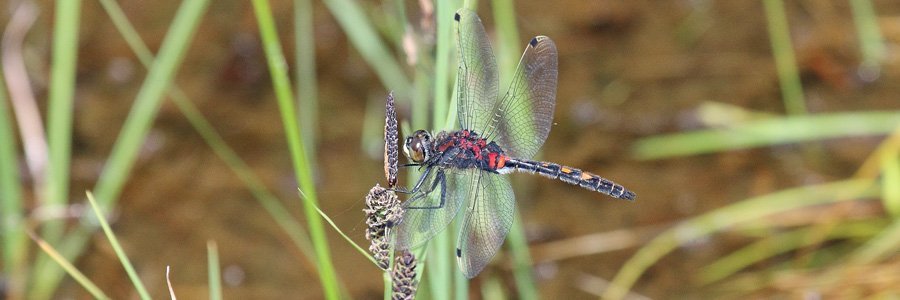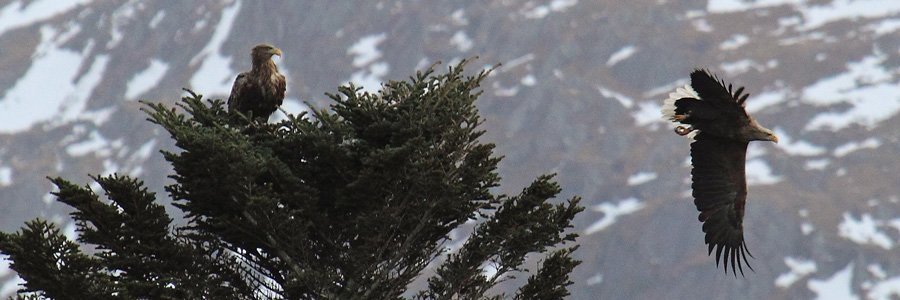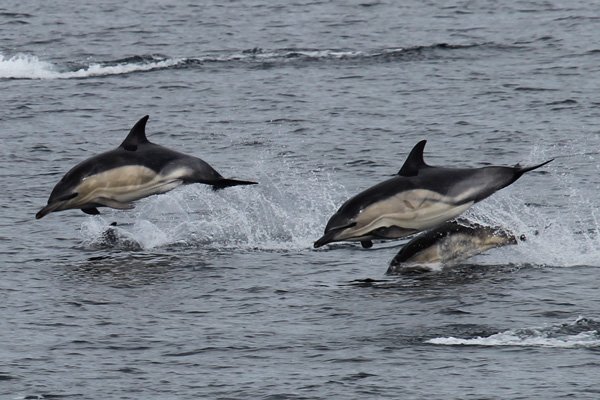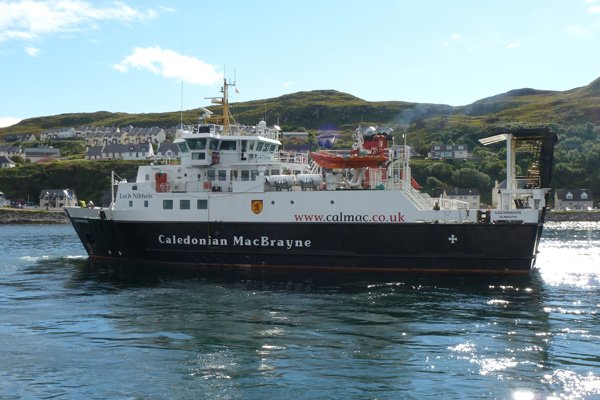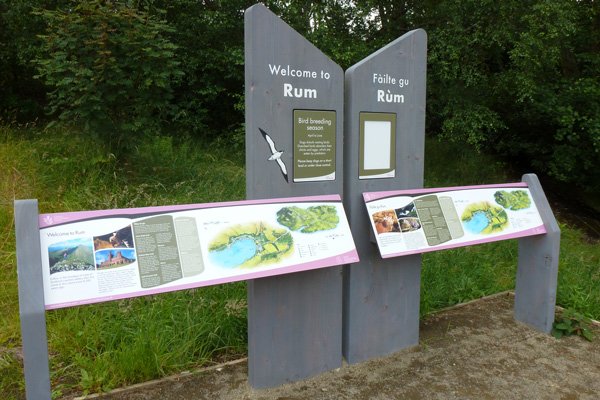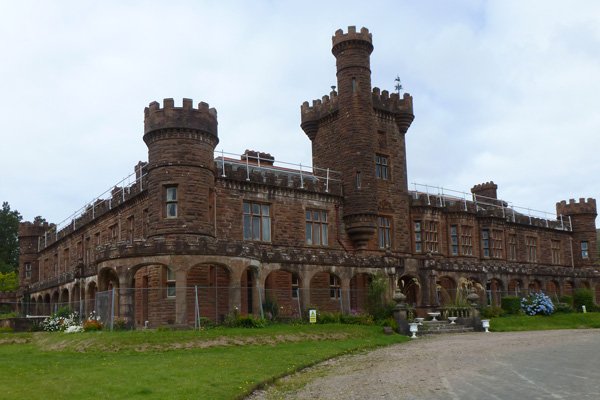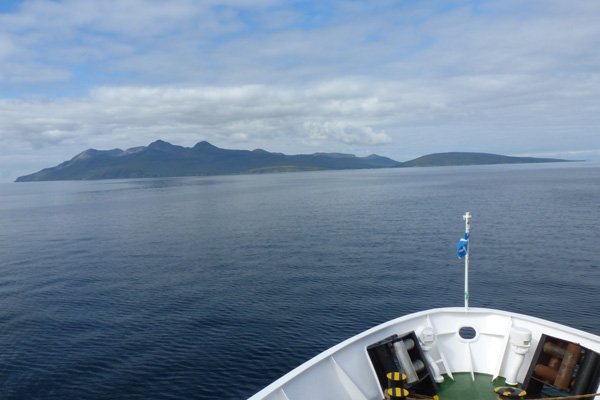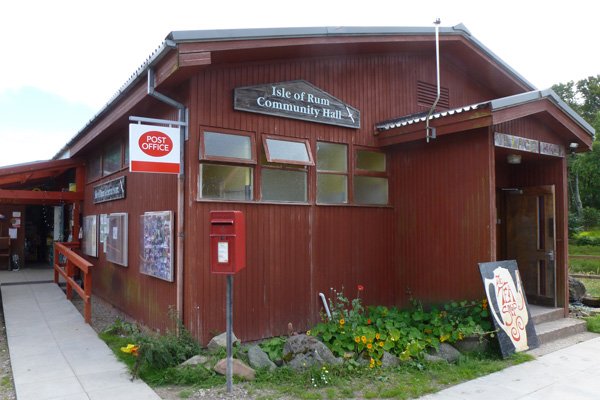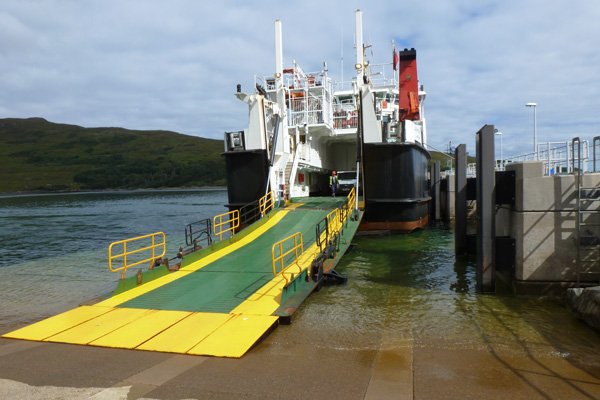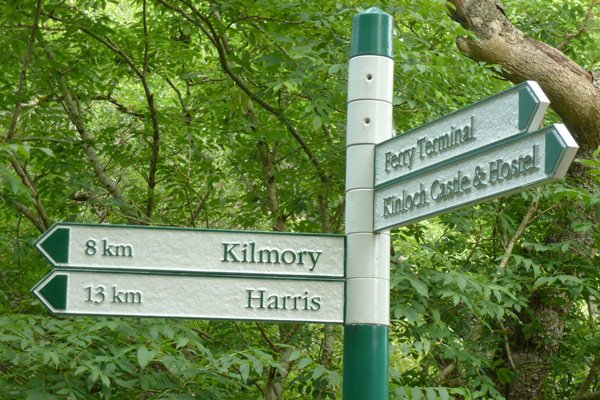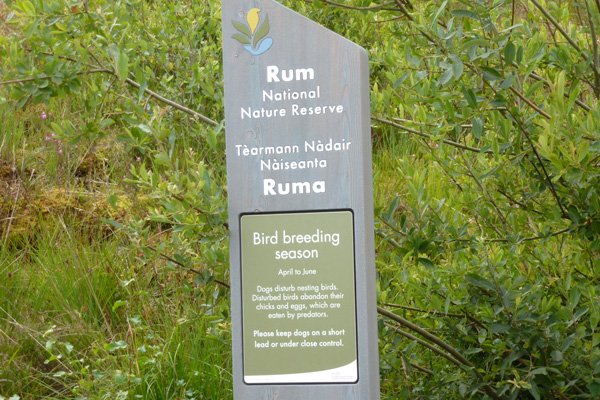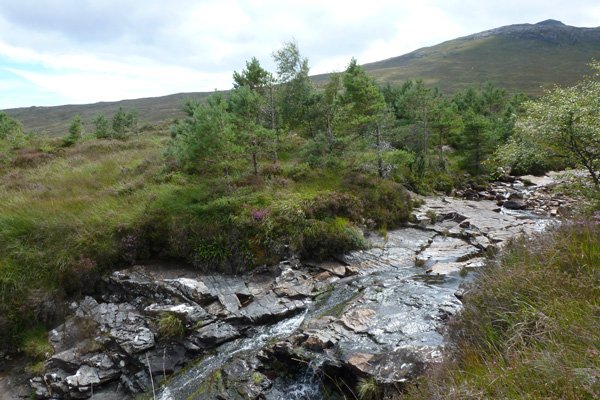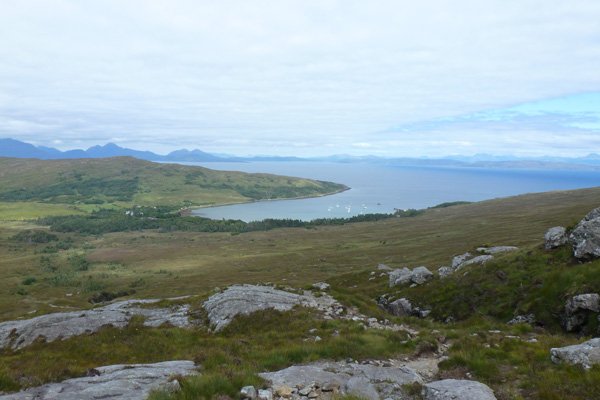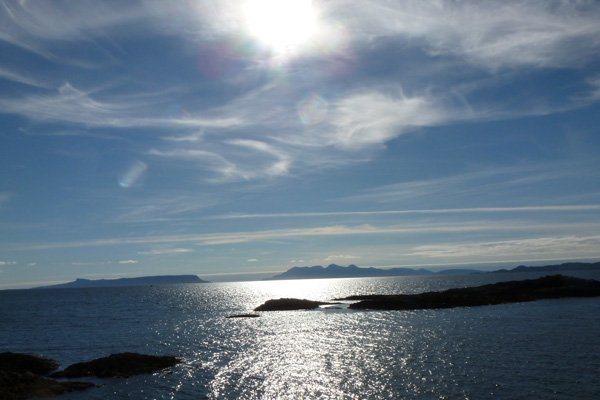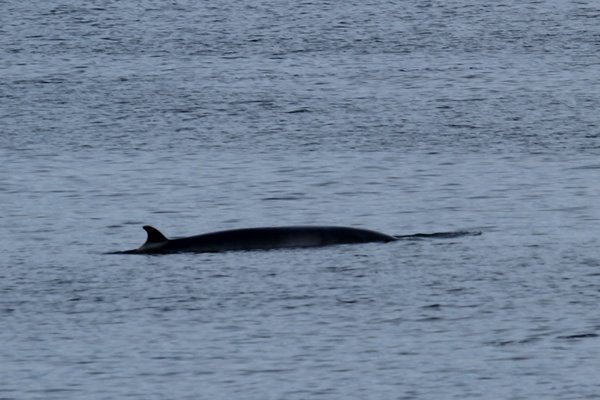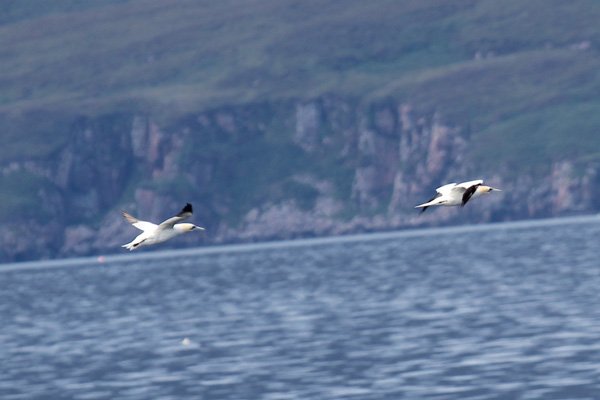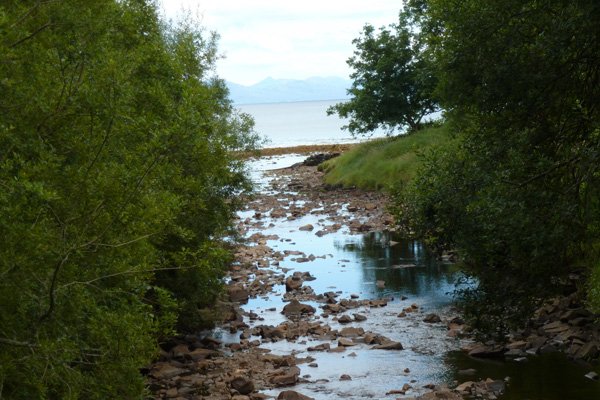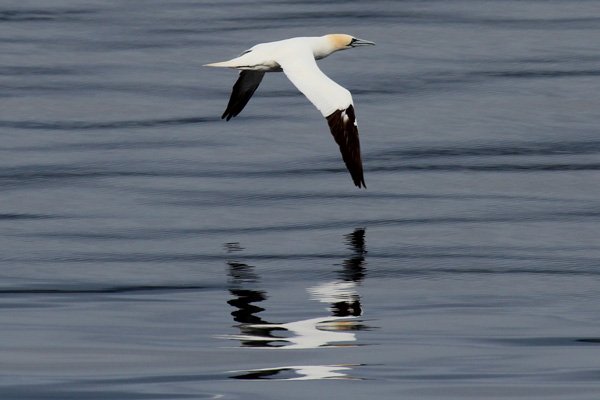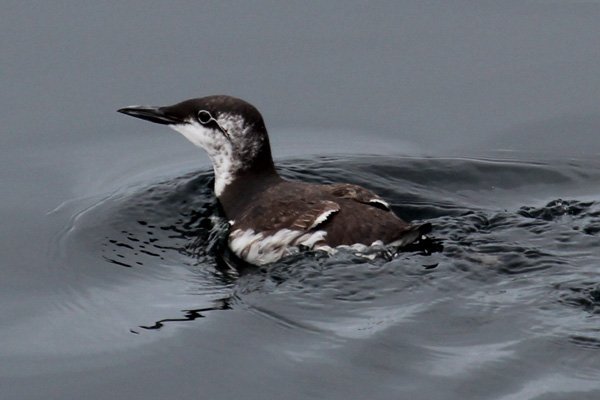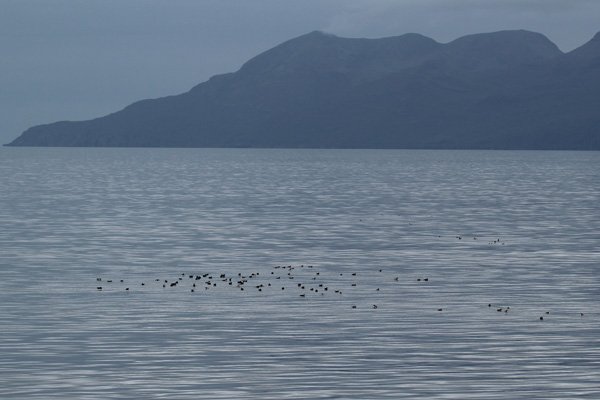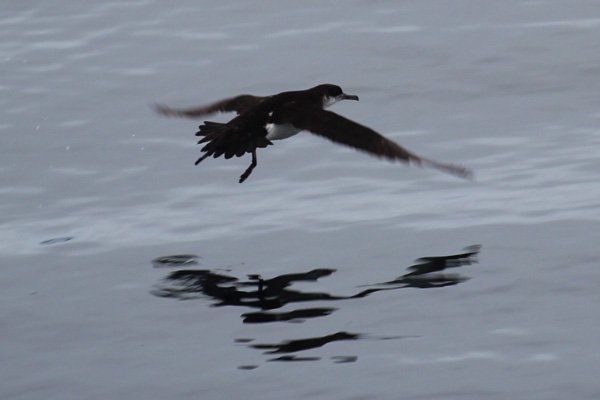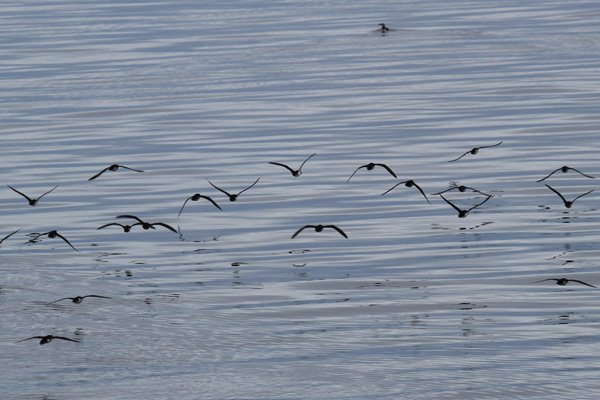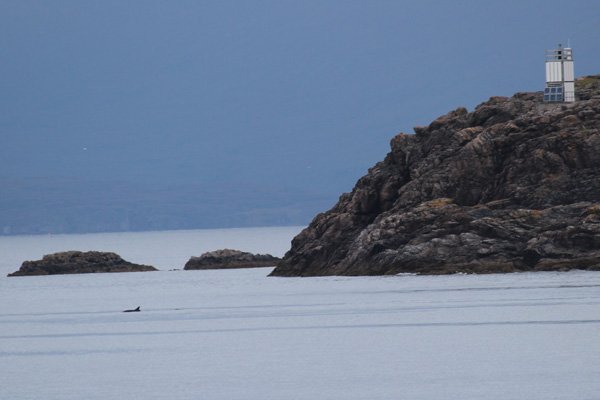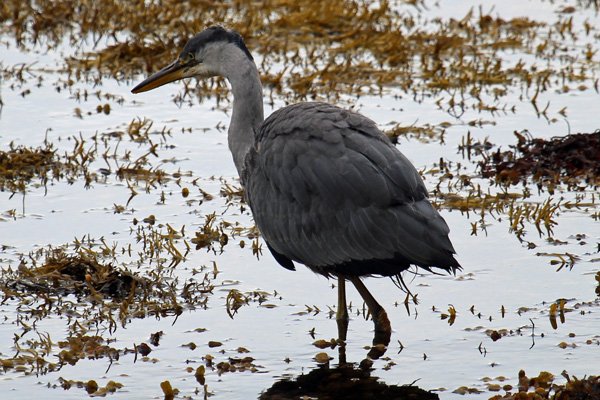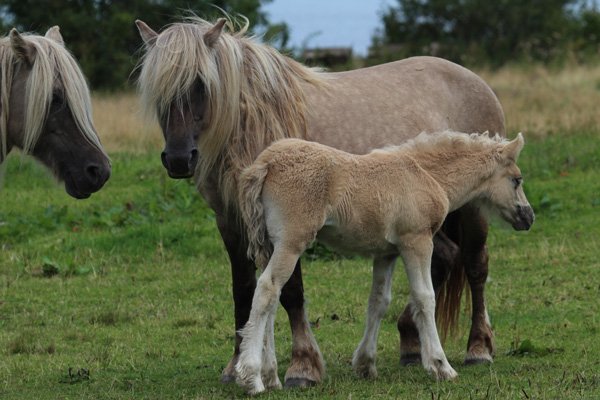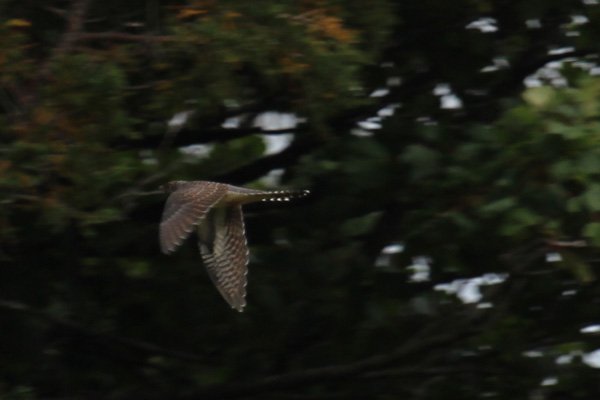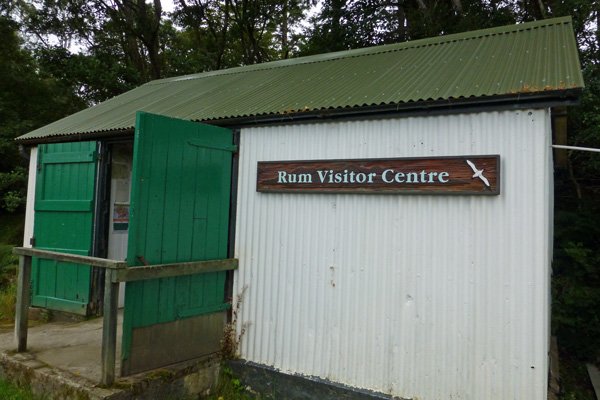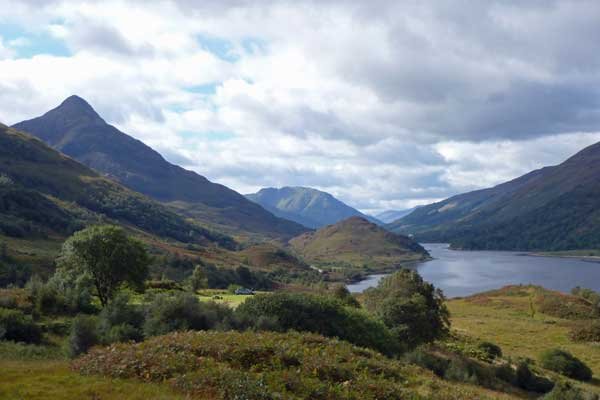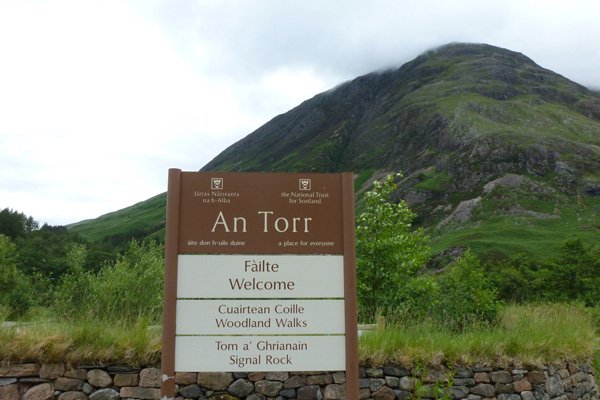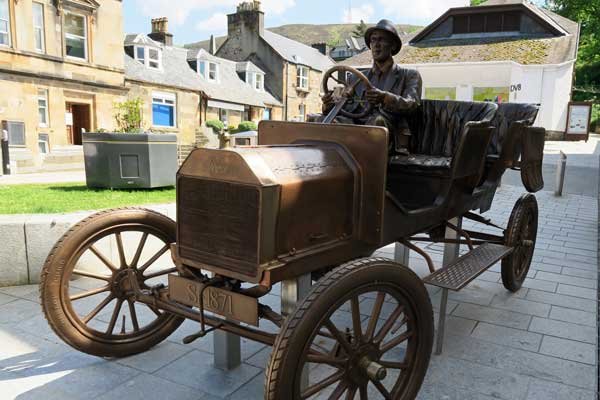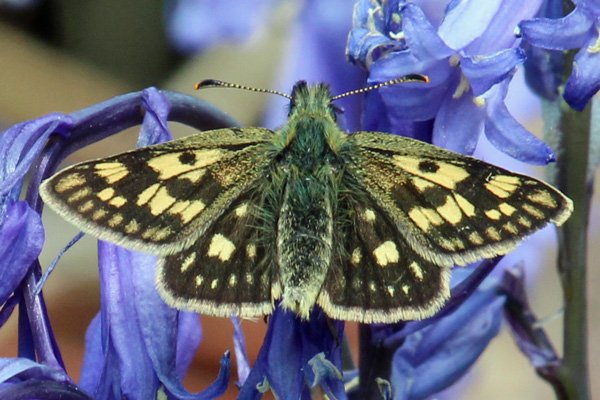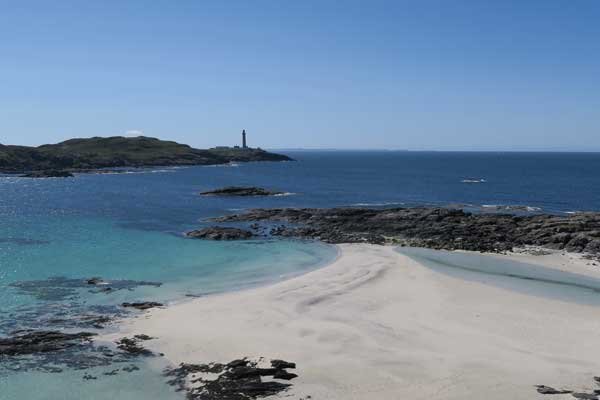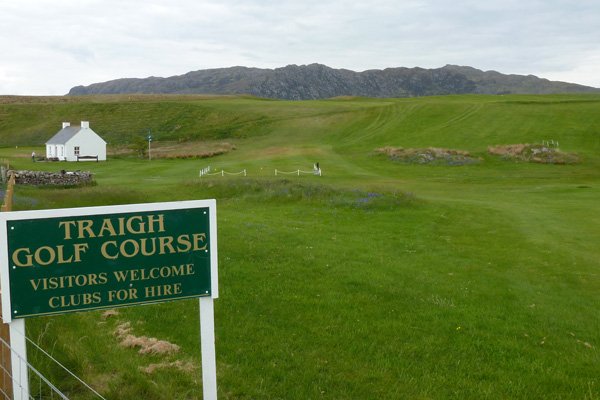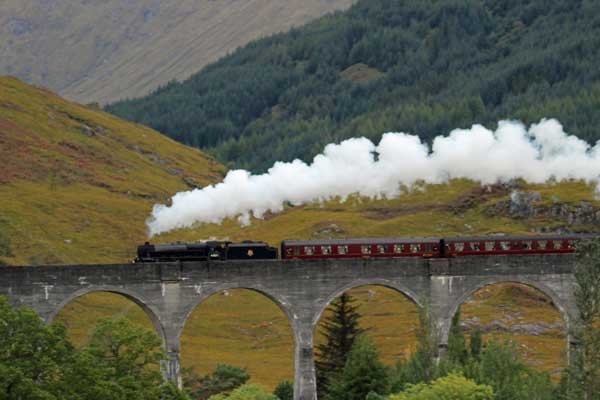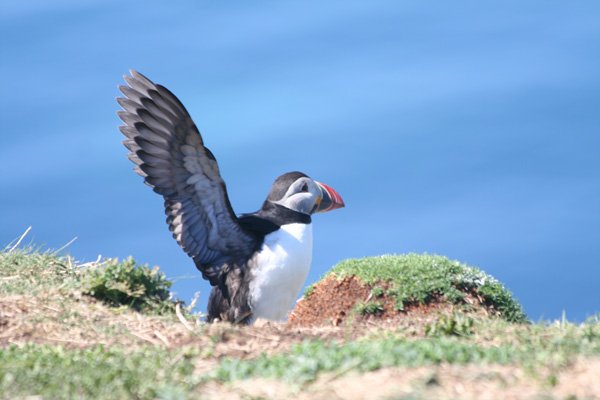Isle of Rum
The Isle of Rum is a National Nature Reserve managed by Scottish Natural Heritage and renowned for its wild landscape and long studied population of red deer. The island is of national and international importance for both its geology and its wildlife. There are several walks on the Isle, the historic Kinloch Castle and plenty of opportunities for wildlife watching by land and sea, as well as time to enjoy stunning views and the relaxed Island lifestyle. A great day out by Calmac ferry from Mallaig or by the Manx Sheerwater from Arisaig.
The Isle of Rum forms part of the Small Isles National Scenic Area, as well as being a Site of Special Scientific Interest, a Special Area of Conservation, a Special Protection Area and a National Nature Reserve. The island also supports a number of ancient monuments of national importance, reflecting its long occupation for over 8,000 years.
Getting there
Rum is accessible from the mainland by ferry service from Mallaig (Calmac ferry) or Arisaig (Arisaig Marine Ltd). If travelling there and back on the same day, it is advisable to plan your day carefully as the time spent on the island varies from just over 2 hours to 5 hours depending on the tour operator and the day of travel. Inevitably a day trip will restrict time available from sightseeing. However, the castle tour is available everyday and you may be able to do one or two of the shorter walks.
We took the morning Calmac ferry (Loch Nevis) on Wednesday in the peak season, departing from Mallaig at 10.15 and got the return ferry from Rum at 16.05. The ferry is very comfortable, with upper seating decks (inside and out), as well as dining area where light refreshments can be purchased.
It was lovely scenic journey with ample opportunities to spot wildlife. Look out for grey seal, gannets, shags, guillemot, skuas and auks on route. If you are lucky, you may also see cetaceans, including Minke whale, common dolphin and orca and basking shark.
As well as lovely views of the Small Isles, look out for the distinctive island of Bac Mòr (second largest island of the Treshnish Isles), known as "The Dutchman's Cap” on account of its shape.
As you approach Rum, fantastic views are afforded of the dramatic jagged peaks of Rum Cuillins that dominate the central and south-east parts of the island, whilst a gentler topography is evident in the west and north, with rounded hills and a stepped topography. The sandstone ‘pseudo baronial’ styled Kinloch Castle on the shore of Loch Scresort, seems rather an incongruous addition to this austere landscape.
The ferry docks at the port in Loch Scresort on the east of the island. There is waiting room, an information board and a composting loo at the port, but little else. The village of Kinloch, approximately 1km north of the jetty, is the main settlement supported by a community shop, post office and hall.
On the island
A tree lined gravelled coastal path leads towards the village of Kinloch affording a lovely walk, a mix of coastal views and wooded sections. The wooded sections consist of rowan, sycamore, alder, birch and Scot pine and the remnants of a Policy Woodland. On route, there is a Visitor Centre, public toilets, a camp site, as well as the Reserve Office in the White House. The Visitor Centre gives information about walks, geology and natural history of the island, and includes some small but interesting exhibits. There is a minibus service to Kinloch Castle for luggage and those with limited mobility.
Ranger Tours
Weekly ranger tours of the island run from April to October. There are guided walks ( 2 or 2½ hours long) on Wednesday and Friday and a Boat trip (a 2 hour guided sea-watching trip) on Thursday (onboard the MV Sheerwater). The Guided tour of Wednesday begins from the ferry terminal. However, you should note that Friday guided walk starts at 9am from the Community Hall. The timing of the guided tour on Wednesday usually prevents combining a walk of the island with a tour of Kinloch Castle, although it may be possible by prior arrangement to do both (contact the Ranger Services). If staying overnight on the island, there are evening talks about the island on Tuesday and Thursday. See the Ranger Programme for other events and workshops.
Kinloch Castle
The coastal track passes by Kinloch Castle (about 20 minutes walk from the ferry terminal)), approached through an avenue of mature sycamore trees. Kinloch Castle is a turreted, two storey castle, with an arcaded veranda, built by the wealthy Lancashire industrialist George Bullough in 1897. The building was designed to befit the requirements of an extravagant and lavish Victorian lifestyle. Fine craftsmanship, state of the art’ facilities and the most modern of conveniences of the time characterise the building, which has been described as ‘ a temple to private indulgence’.
Outside, a great variety of exotic species were planted in the formal and informal gardens around the castle, as well as a bowling green and golf course. Unfortunately, the gardens are now a little unkempt and overgrown and form an uneasy alliance with the native flora. However the bridge from the Japanese Garden remains intact, but little remains of the hot houses and palm houses of this magnificent and extravagant residence.
There is a guided daily tour around the castle, lasting about one hour, and timed to fit in with the arrival of the ferry service. The castle is well worth a visit, if just to marvel at the extreme opulence and indulgence of an age long since vanished.
George Bullough was also responsible for building two mausoleums, the first destroyed on the grounds of its poor design, and of which only a few decorated tiles now remain. The second mausoleum, in the form of a Doric temple, was built in Harris Bay to the west and houses the family remains.
Continue passed Kinloch Castle to reach the Community Hall, Post Office and Shop. The Community Hall houses further information about the island and community matters. There is a small café inside (The Tea Shop) serving cakes, sandwiches, toasties and soup. The Hall also exhibits some local craft stalls, including knitwear, antler crafts, stone crafts and local shortbread. The island craft shop (Isle of Rum Crafts) is also nearby.
Walks
There are three short walks around Kinloch, the Northside Nature Trail, the Otter Hide Trail and the Coire Dubh Trail; the route details of which can be found on an information boars by the Community Hall and at the ferry terminal.
Northside Nature Trail is a pleasant circular walk along the north side of Kinloch Glen. The walk is signposted from the Community Hall. The walk skirts around a field and woodland boundary with good views over the hills. Look out for golden and sea eagles in the hills, as well as hen harriers,cuckoos and warblers in the woods and fields.
The Otter Hide Trail is accessible from the ferry terminal and well worth a visit. The walk to the hide takes about 15 minutes and is through heath and then a lovely section of mixed deciduous woodland. Trees include sycamore, lime, holly, elm, rowan, ash, alder, sweet chestnut, larch and exotic firs. Some of the trees are strewn with bryophytes and lichens, as well as epiphytic ferns. The hide itself is a wood stone construction with semicircular frontage and sloped, turfed, roof. There are high observation seats at the front and some lower seat at the rear.. The hide affords good views over the coast towards Skye, as well as the chance to spot otters along the coast. There some information posters inside the hide about otter and otter spotting. The walk continues on a more challenging route to the abandoned settlement of Port na Caranean. Return by the same route.
The Coire Dubh Trail follows the water course, Allt Slugan a’ Choilich, up to the viewpoint affording good views towards Skye, the Outer Hebrides and Knoydart on the mainland on a clear day. This is a lovely burnside walk, through gardens and woodland of Kinloch Castle, and then ascending fairly steeply through Calluna-dominated heath, interspersed with Erica species, bog asphodel (Narthecium ossifragum), bog myrtle (Myrica gale), crowberry (Empetrum nigrum), cotton grass (Eriophorum angustifolium) and devil’s-bit scabious (Succusa pratensis). There heath is dotted with isolated trees and clumps of Scots pine, particularly along the water course. This walks provides a taste of wild Rum and affords fantastic views and the chance to spot raptors and red deer in the hills and dippers along the burn. Return by the same route.
Longer walks include an 8km walk to Kilmory and 13km walk to Harris. These are one-way distances. The walk to Kimory provides opportunities for cetaceans spotting; look out for harbour porpoise, common and bottlenose dolphins, Minke whale and basking shark. There are also good views of the Black Cuillin on Skye, and the islands of Soay and Canna.
Other more challenging walks include path to Dibidil from Kinloch ( 13km one way), a four hour one way walk to Guirdhil, and the Rum Cuillin Ridge Walk (22km walk). These three walks should only be undertaken by experienced hill walkers with navigation aids. Please see Isle of Rum website for details.
Other activities
Other activities on the island include cycling (with cycle hire available), fishing (loch and river) and deer stalking, the latter two activities subject to season; see the island of Rum website for details.
Staying overnight on the island
If you wish to explore Rum more fully, an overnight stay is recommended. A range of accommodation is available from a campsite (with hireable camping cabins) and a caravan, to the Castle Hostel in Kinloch. There are also two mountain bothies (one in Guirdhil and the other in Dibidil) both approximately 3 hours walk away from Kinloch. Please see Isle of Rum website for details.
Sources and Information
The Isle of Rum website. A fantastic website providing a wealth of information about the geology, wildlife and history of Rum a suggested activities, community information and accommodation on the island.
Please see link section for other sources on information used in this account.
For further information on about the wildlife and geology of the island, please see our Isle of Rum wildlife site page.
A great day out if staying in and around Moidart, Ardnamurchan, Arisaig and Mallaig.

